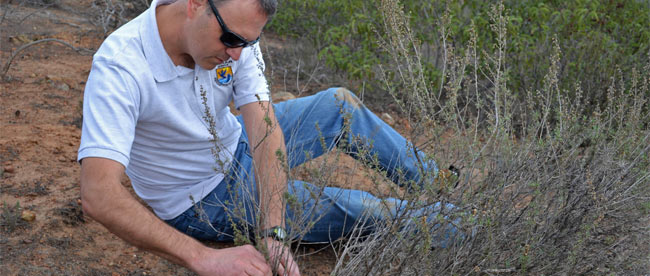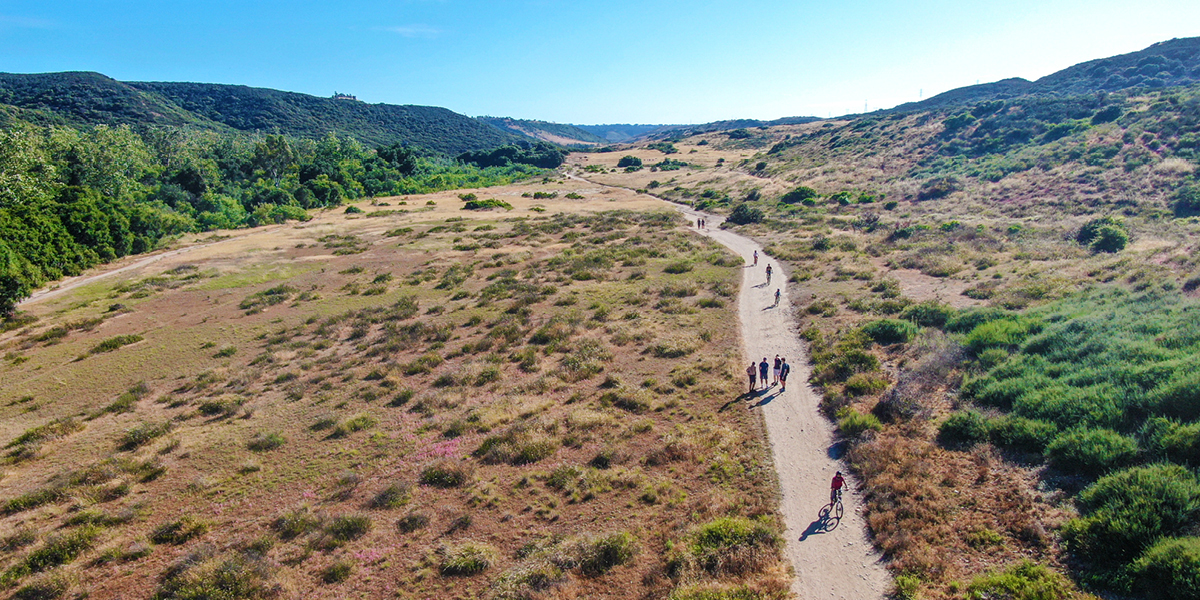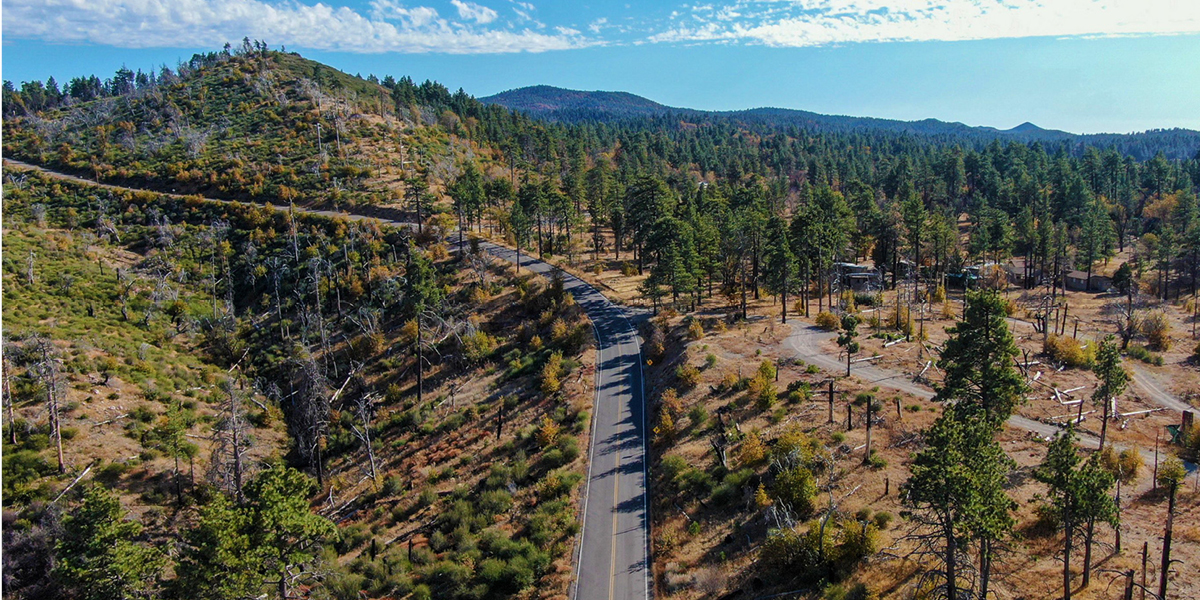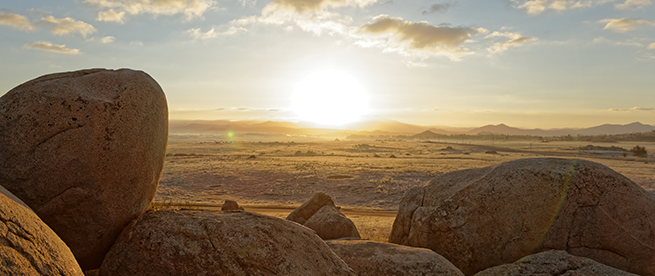From the crest of the San Diego National Wildlife Refuge, you can see the city from a distance alongside the fluttering of some very special Quino checkerspot butterflies, thought to be extinct until now.
This majestic butterfly from the open margins of scrub habitat in San Diego is being brought back to life due to the persistence of partners at U.S. Fish and Wildlife Service, the Conservation Biology Institute, San Diego State University and San Diego Foundation.
Role of Mitigation
If you’re wondering what mitigation is all about, let’s recap.
“To mitigate” means to lessen the gravity of. This particular type of mitigation is related to land development. Whenever a developer develops on a parcel of land, they must apply for permits to various government agencies before they can do any work. These permits are often submitted in conjunction with an analysis in the form of an Environmental Impact Report (EIR) regarding the impact to the surrounding lands alongside impacts to endangered species of plants, animals and aquatic life.
If it is determined that the EIR shows a negative impact on an endangered habitat or species, the developer is required to offset or mitigate that impact.
This is where SDF and its mitigation services help in the process.
Government agencies and developers entrust SDF to help permanently conserve more than 12,000 acres of land in our region by holding endowment and non-endowment funds to pay for the ongoing management of these protected lands and species.
One such project is the story of the Quino checkerspot butterfly.
Found in the vicinity of Calpine’s Otay Mesa Energy Center, near the Mexico-United States border, the developer (in this case, Calpine) was to create a perpetual endowment fund that would be directed toward research and habitat maintenance for the Quino checkerspot butterfly. And to execute the requirement, SDF was tasked with holding the funds to benefit the butterfly and its habitat in South San Diego County.
With the assistance of SDF, the Energy Commission and U.S. Fish and Wildlife Services staff decided how the endowment funds were to be used to further the understanding and management of the butterflies.
Species Returning Home
With the real estate boom, climate change and wildfires in Southern California, the Quino checkerspots have reduced from hundreds to tiny colonies in Southern California. They finally received their endangered species designation in 1997.
At their peak, Quinos typically migrated by droves from the Santa Monica Mountains down to Baja California, but now through a partnership with the San Diego Zoo have made a triumphant return to the San Diego region.
John Martin, a Fish and Wildlife Biologist, noted, “Quino checkerspots have been reared in captivity in the past, but this is the first time that captive-reared Quino have been returned to the wild to augment wild populations.”
In consort with U.S. Fish and Wildlife Service, the San Diego Zoo’s Butterfly Conservation Lab raised nearly 750 larvae and transported them to the wildlife refuge. There they placed the pods in the peat moss and shielded them against environmental and physical predators. From there, biologist Susan Wynn and John Martin waited until spring.
When they returned to the refuge to survey, the larvae had disappeared. In its place, they saw the emergence of the distinctive dorsal wing surface, the colorful markings of the rare butterfly.





